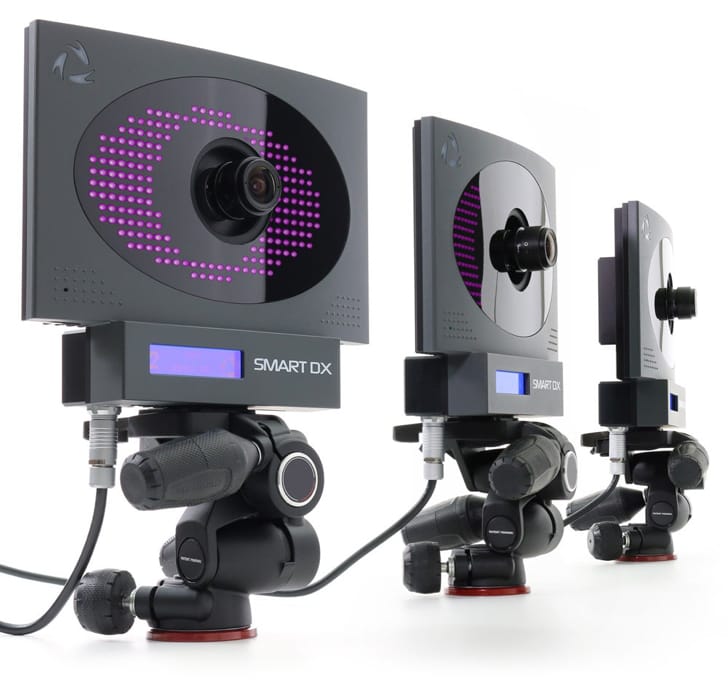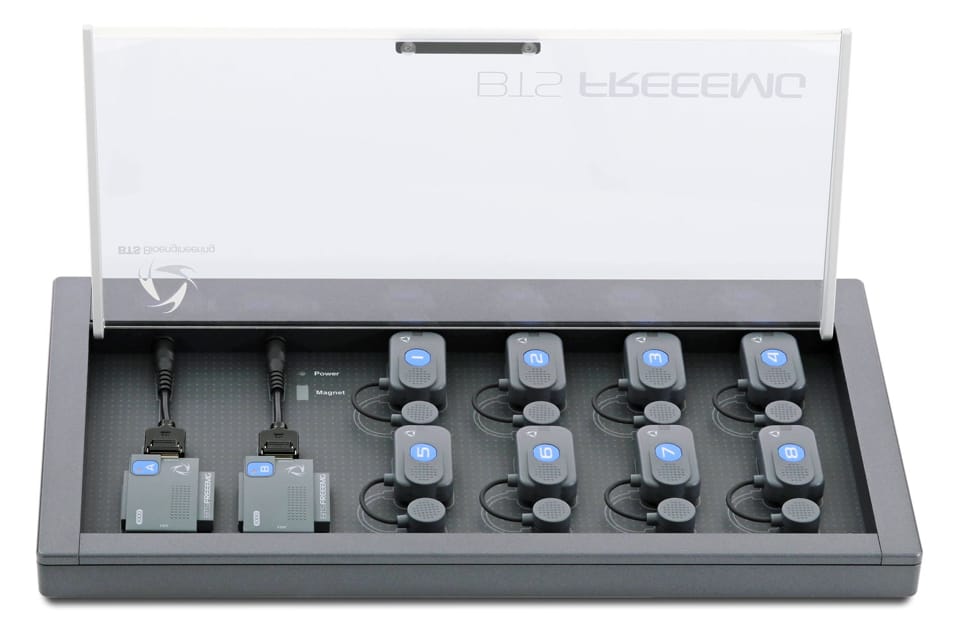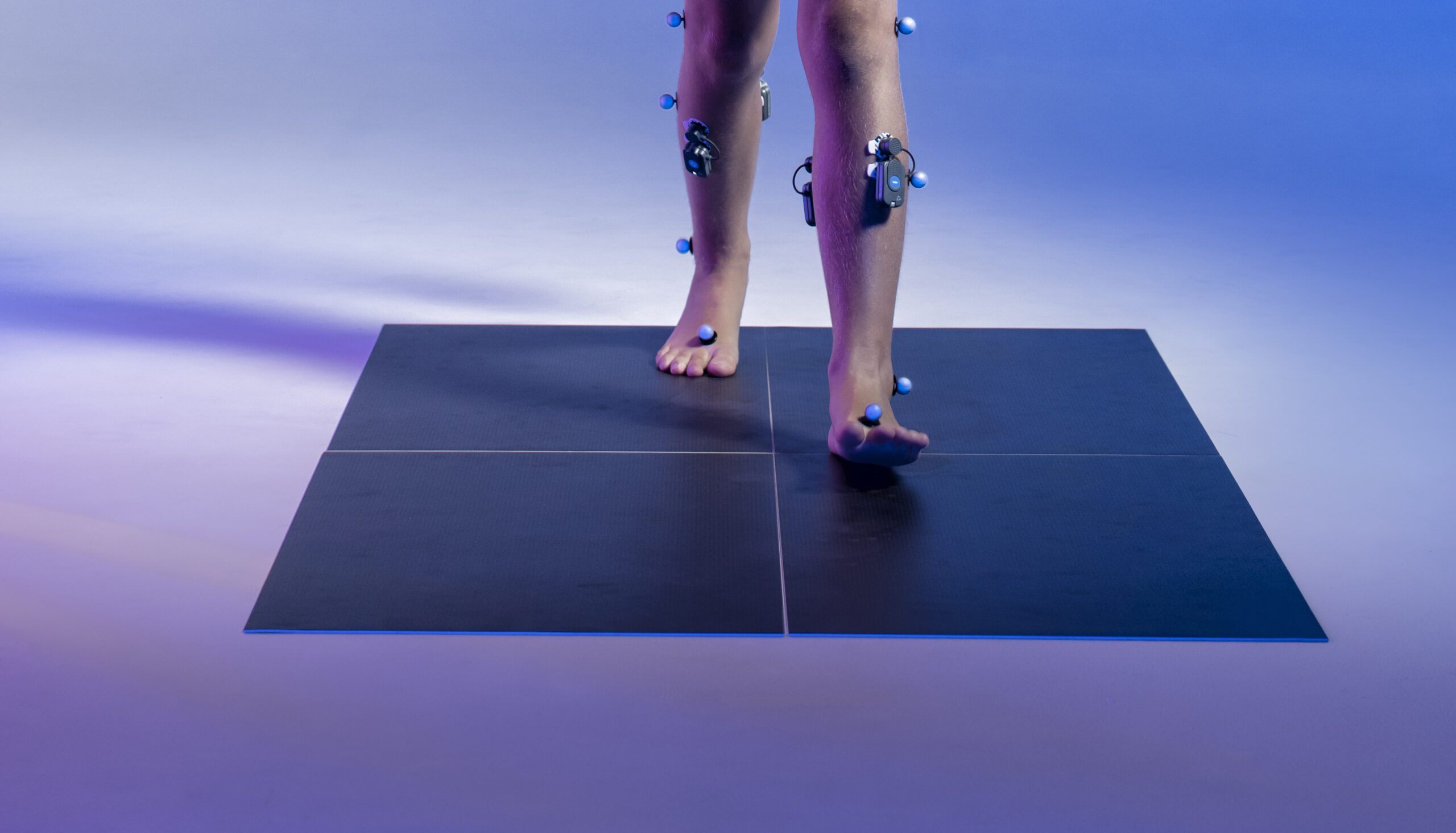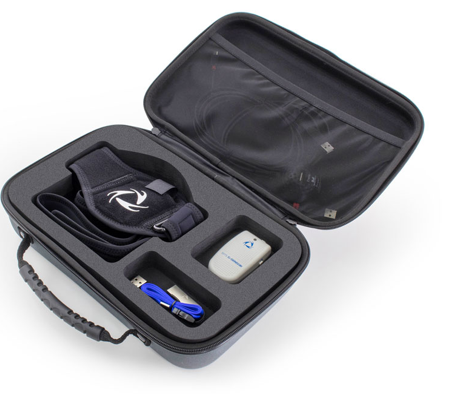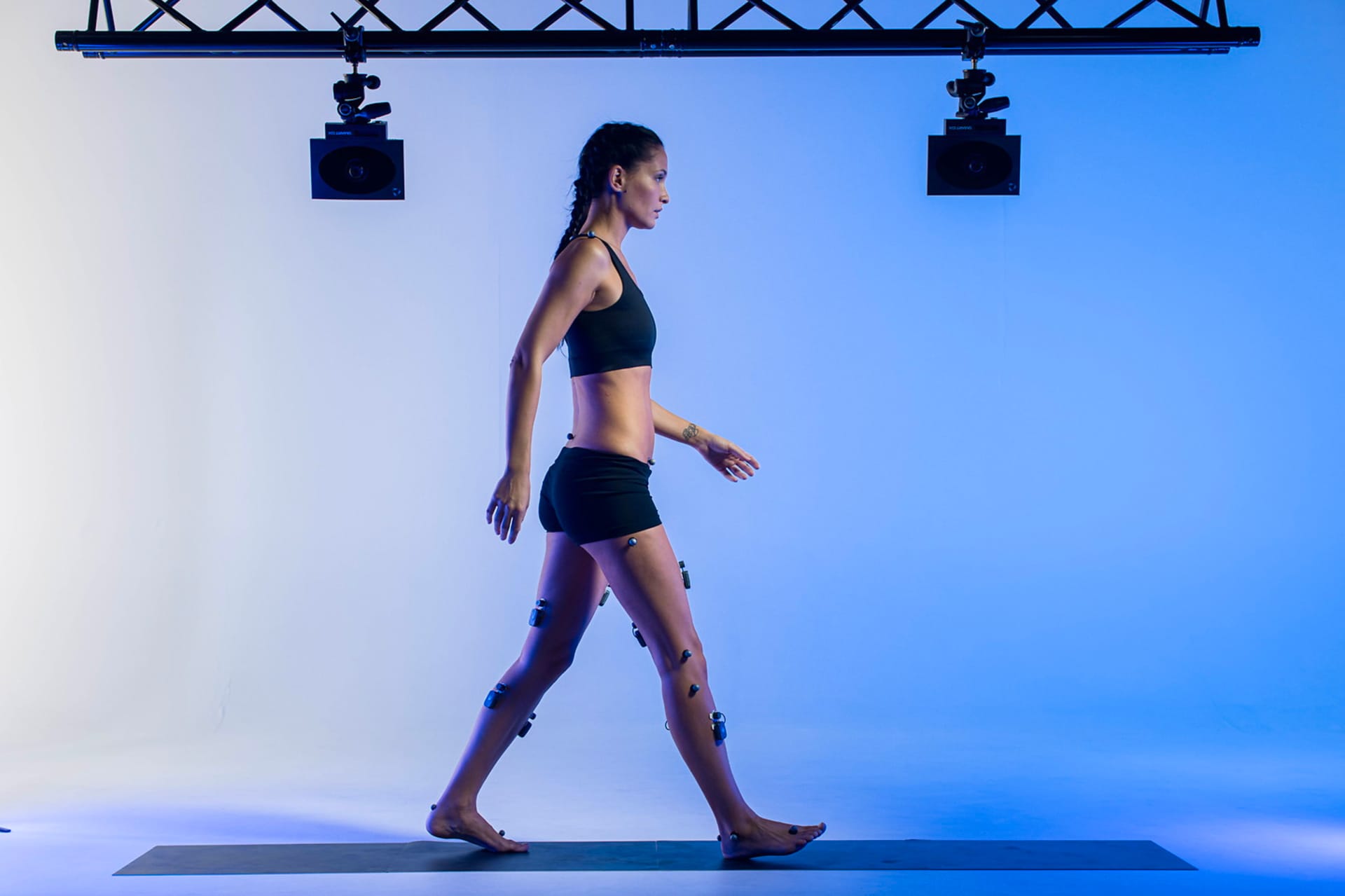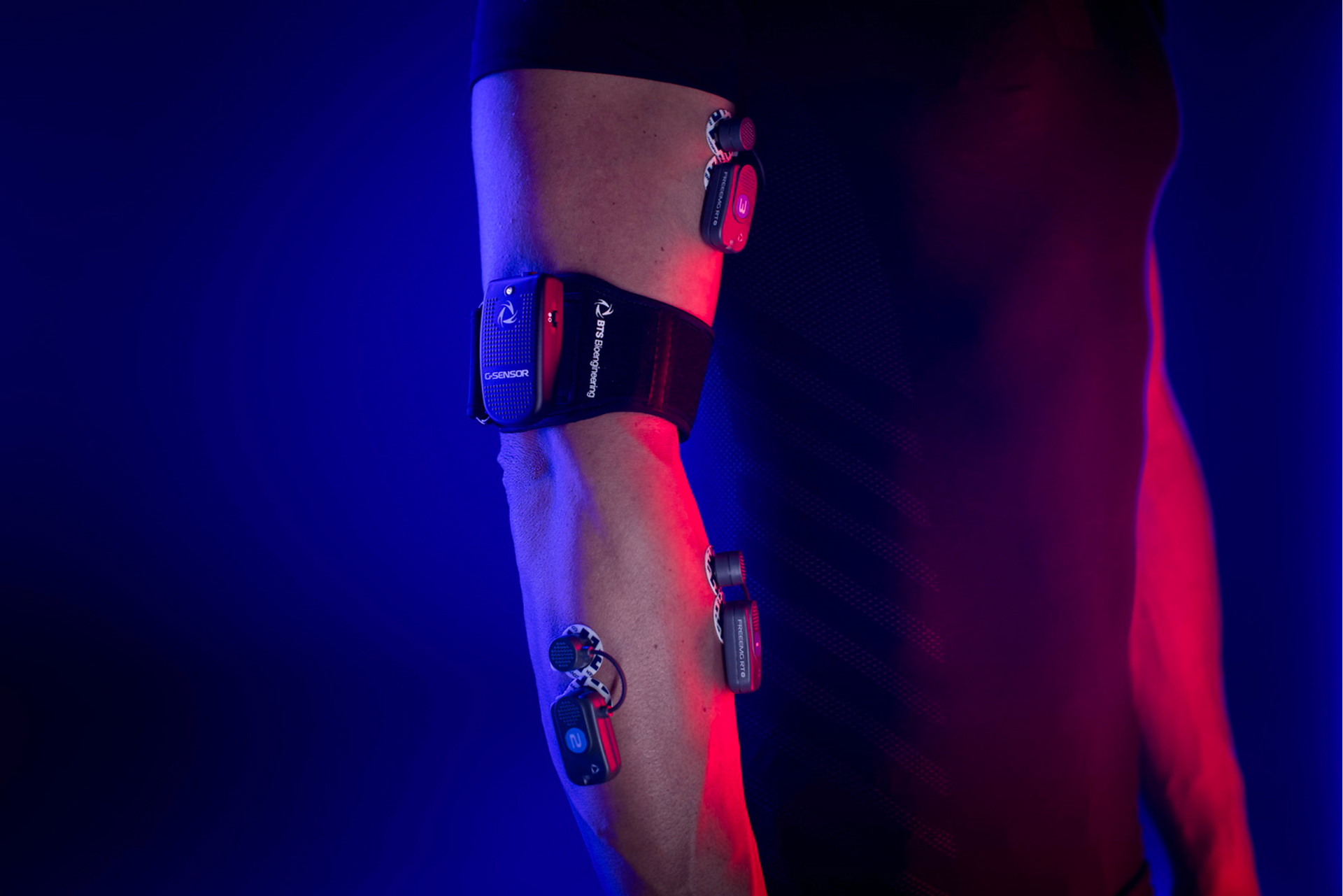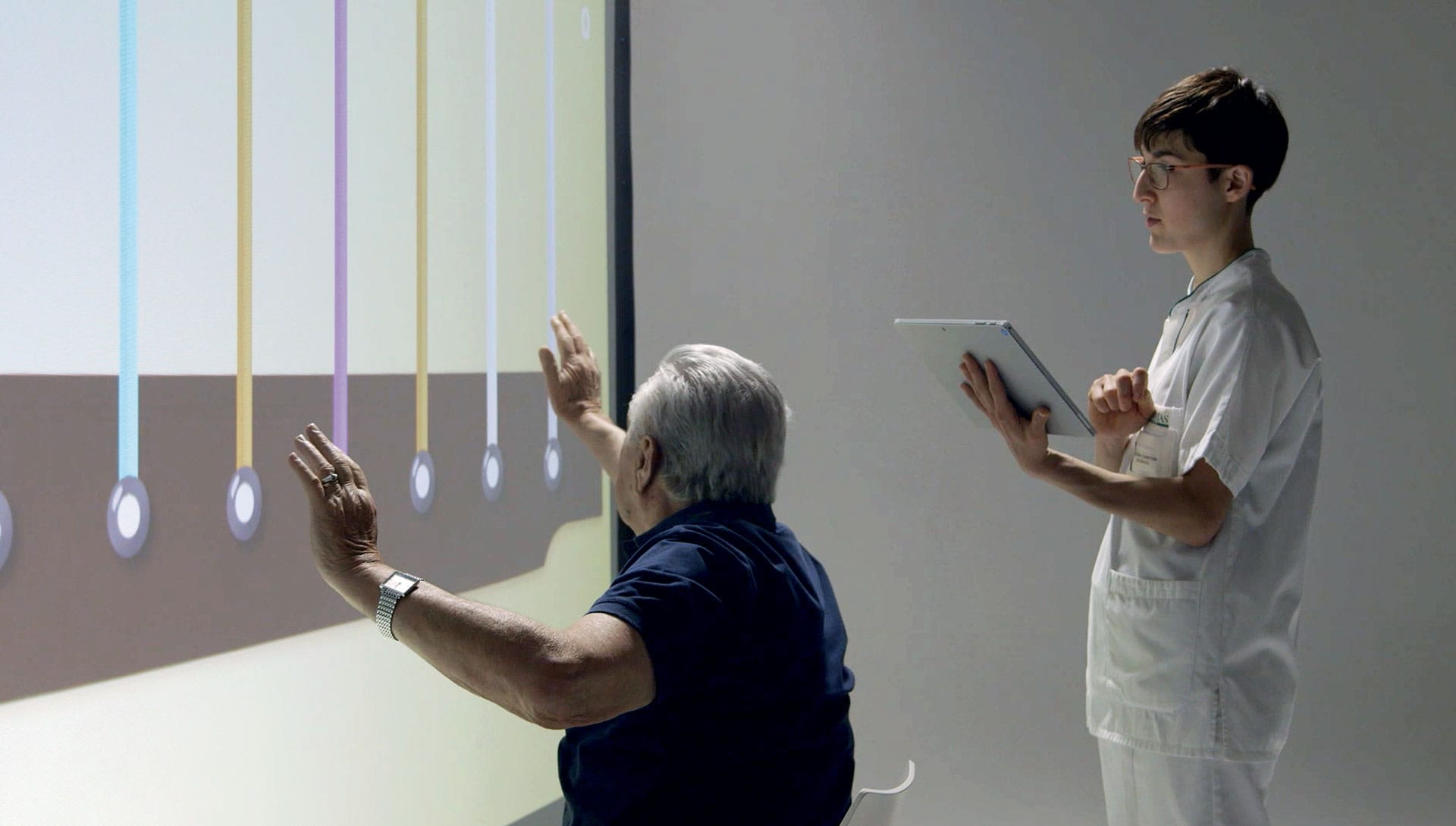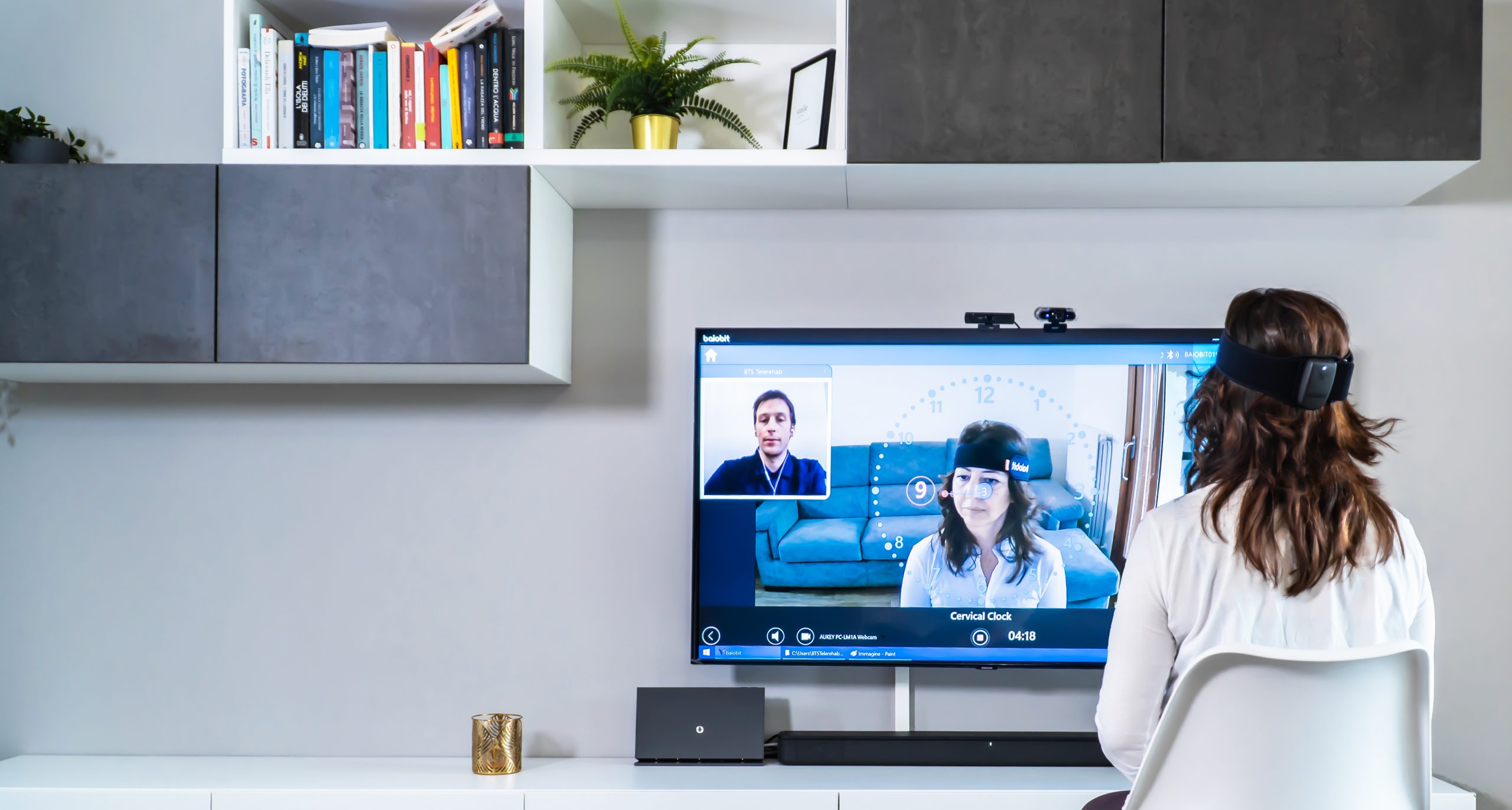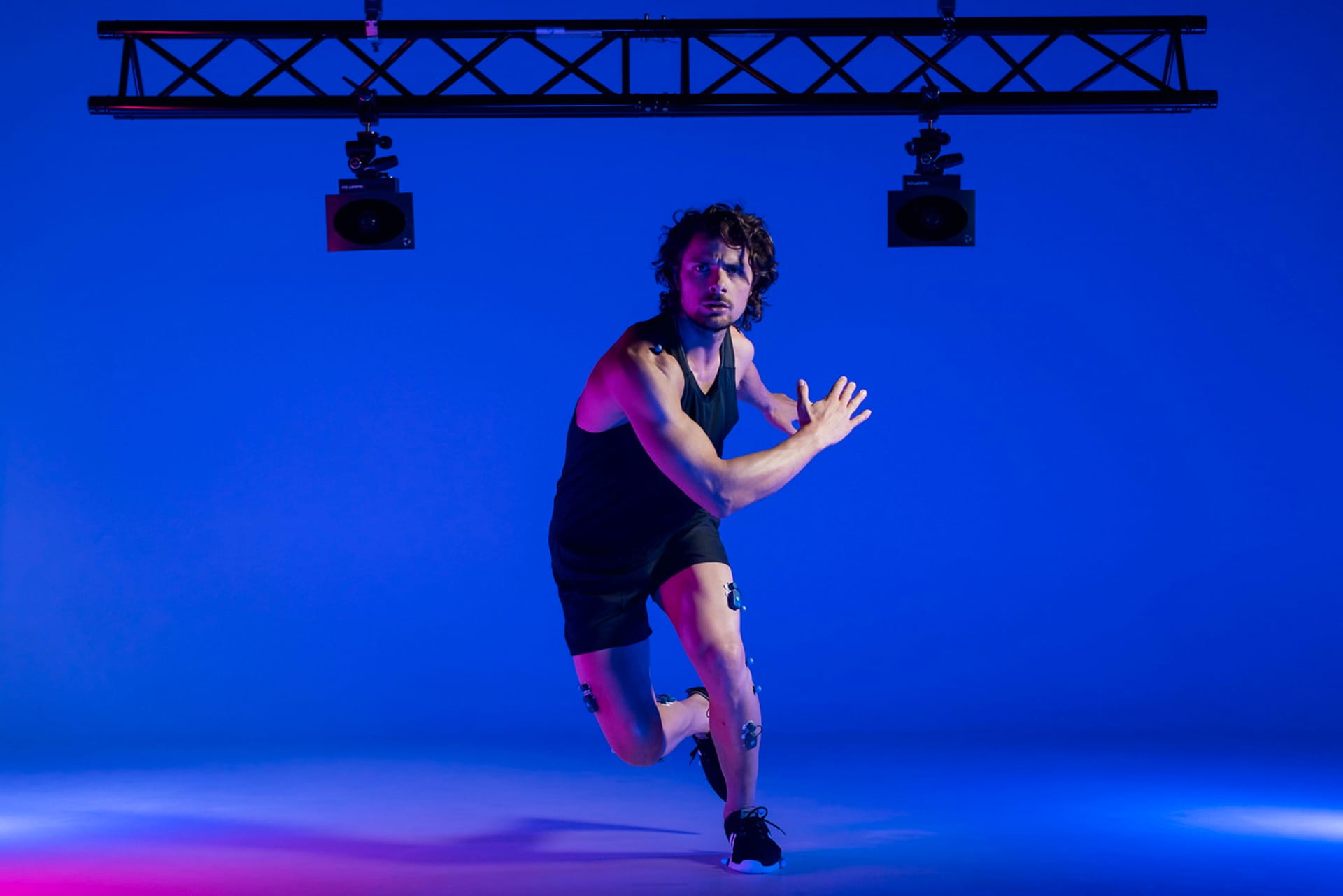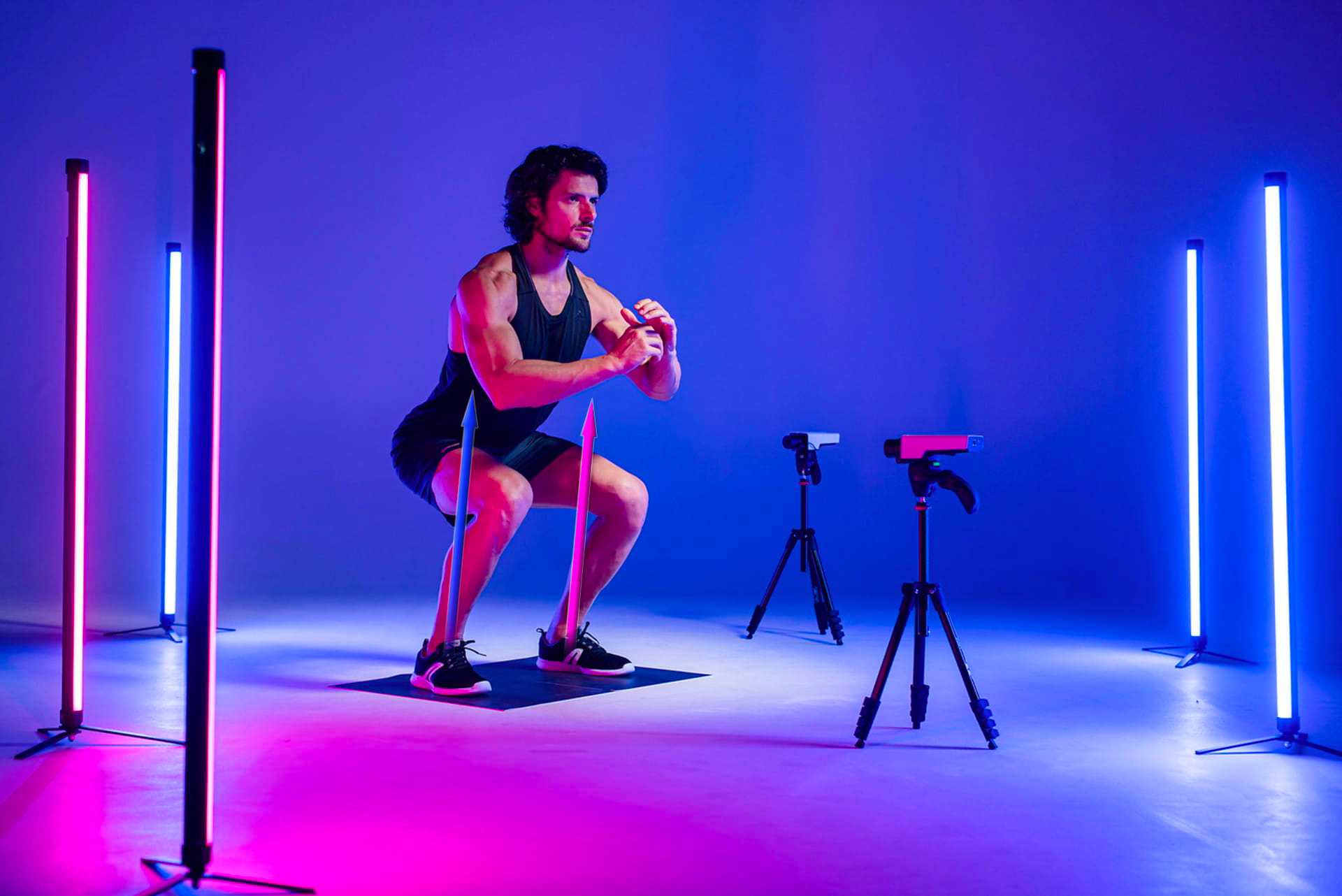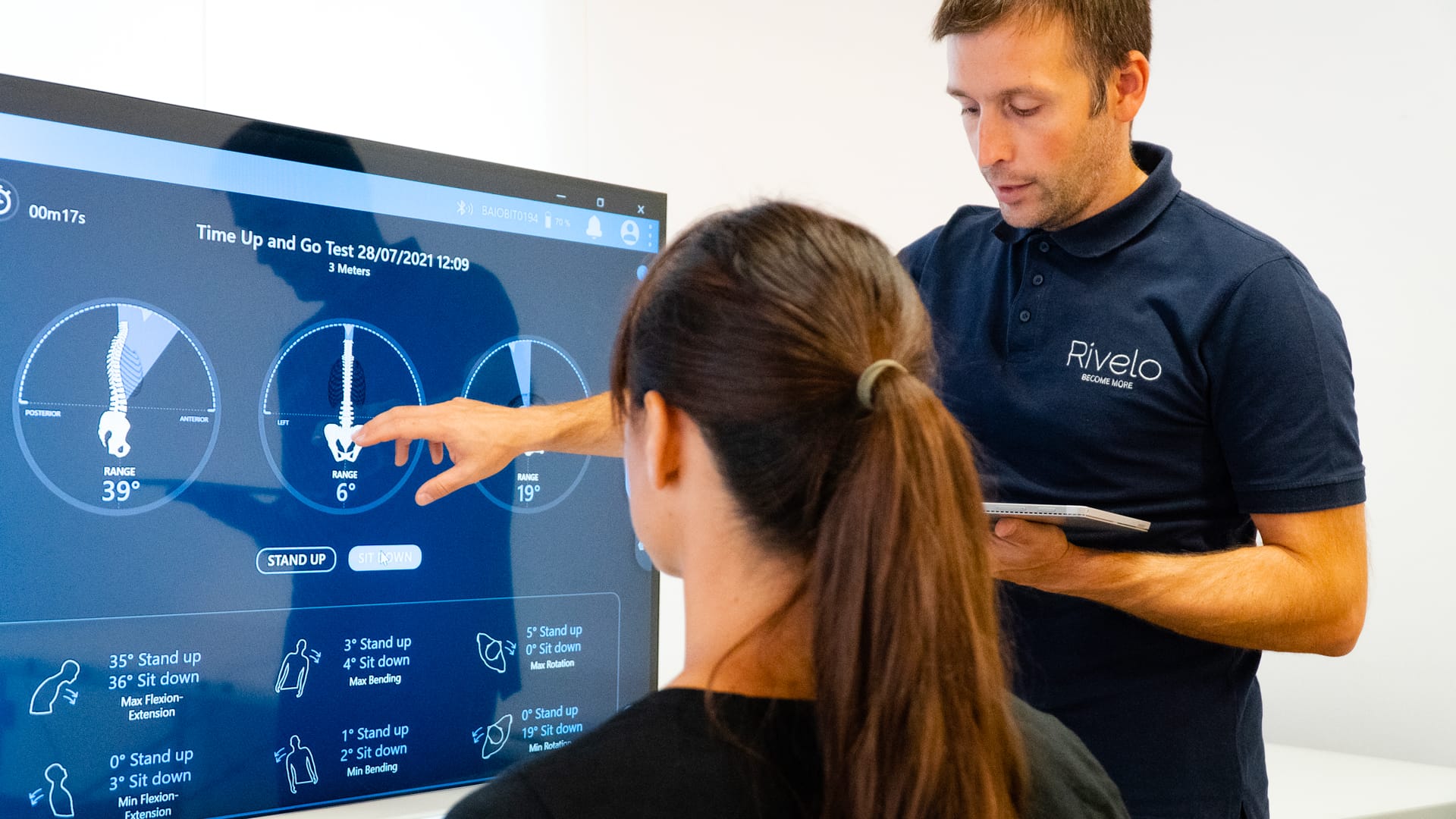An example of the application of BTS NIRVANA for the treatment of cognitive and behavioral abnormalities: a case study on depression and anxiety

Author: Marta Francisca Corrà, Ph.D.
Stroke is a neurological syndrome caused by focal disruption of cerebral blood flow due to occlusion or rupture of blood vessels. One of the most common consequences following stroke is the exacerbation of abnormalities in motor and cognitive functioning, which can vary in duration and create lasting difficulties in specific cognitive domains. Examples of cognitive abnormalities include attention and concentration processing, memory capacity, spatial awareness, and executive functioning [1].
In recent years, virtual reality (VR) and interactive video games are emerging as promising therapeutic approaches in stroke rehabilitation, both for motor and cognitive rehabilitation, and for the treatment of mood and anxiety disorders [2]. Commercial game consoles have been rapidly adopted in clinical settings because VR can induce a feeling of “presence” in the computer-generated world experienced by the user [3]. VR has the advantage of being a convenient and cost-effective alternative for improving patient outcomes, and provides “artificially generated sensory information in a form that people perceive as similar to real-world objects or events” [3].
VR can be leveraged to create ecologically valid environments and tasks regardless of the physical, temporal, and financial barriers of mental health care settings. Most of the past research on VR interventions for mental health has focused on the treatment of anxiety disorders [4,5], pain distraction and relaxation [6]. For this reason, we highlighted a case study evaluating the effects of a combined rehabilitation treatment using conventional relaxation and breathing techniques in a specific virtual rehabilitation environment: the BTS Nirvana.
The study involves a 58-year-old patient, suffering from hypertension and hemorrhagic stroke, with severe anxiety and mild cognitive impairment [7]. The patient underwent two different rehabilitation trainings: conventional sessions, which involved the use of standard relaxation techniques and consisted of therapist-induced diaphragmatic breathing (DB) sessions (standard approach); and a second treatment using a semi-immersive virtual environment carried out in the BTS NIRVANA environment.
These two training protocols were separated by a 2-week interval and lasted two months. One of the main objective parameters extracted from both rehabilitation trainings was the Reliable Change Index (RCI), which was used to assess the individual’s score between the time and duration of treatment [7].
Results
At the end of conventional training, the patient showed significant improvement only in attention functions. In contrast, at the end of training in the virtual environment, significant improvements were observed in cognitive and behavioral functions. Significant improvements were found in attention processes and verbal memory and a reduction in anxiety symptoms, as well as an optimization of coping strategies in social support and a positive attitude toward problem solving. In addition, by monitoring vital parameters, the patient showed a gradual reduction in heart rate and blood pressure, which more objectively confirmed the alleviation of anxiety. In particular, the improvement in anxiety levels enabled the patient to perform better motor rehabilitation.
The use of VR for rehabilitation has shown numerous strengths, such as the opportunity for ecological validity, real-time performance feedback, a safe environment for testing and training, the opportunity for gradual exposure to stimuli, and the ability to distract or increase the performer’s attention [8]. In particular, multisensory feedback can be considered an important tool to increase patient engagement and motivation and lead to better rehabilitation outcomes.
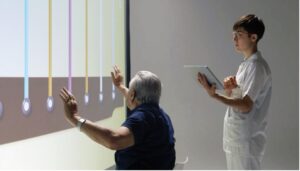
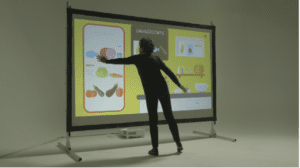
References
[1] Hurford, R., Charidimou, A., Fox, Z., Cipolotti, L., & Werring, D. J. (2013). Domain-specific trends in cognitive impairment after acute ischaemic stroke. Journal of Neurology, 260, 237–
[2] Laver, K., George, S., Thomas, S., Deutsch, J. E., & Crotty, M. (2015). Virtual reality for stroke rehabilitation: An abridged version of a Cochrane review. European Journal of Physical and Rehabilitation Medicine, 51, 497–
[3] Riva, G., Mantovani, F., Capideville, C. S., Preziosa, A., Morganti, F., Villani, D., … Alcaniz, M. (2007). Affective interactions using virtual reality: The link between presence and emotions. CyberPsychology & Behavior, 10, 45–
[4] Botella C, Fernández-Álvarez J, Guillén V, García-Palacios A, Baños R. Recent progress in virtual reality exposure therapy for phobias: a systematic review. Curr Psychiatry Rep (2017) 19:42.
[5] Carl E, Stein AT, Levihn-Coon A, Pogue JR, Rothbaum B, Emmelkamp P, et al. Virtual reality exposure therapy for anxiety and related disorders: a meta-analysis of randomized controlled trials. J Anxiety Disord (2019) 61:27–36.
[6] Anderson AP, Mayer MD, Fellows AM, Cowan DR, Hegel MT, Buckey JC. Relaxation with Immersive Natural Scenes Presented Using Virtual Reality. Aerosp Med Hum Perform (2017) 88:520–6.
[7] De Luca, R., Torrisi, M., Piccolo, A., Bonfiglio, G., Tomasello, P., Naro, A., & Calabrò, R. S. (2018). Improving post-stroke cognitive and behavioral abnormalities by using virtual reality: A case report on a novel use of nirvana. Applied neuropsychology. Adult, 25(6), 581–585.
[8] Lindner, P., Hamilton, W., Miloff, A., & Carlbring, P. (2019). How to Treat Depression With Low-Intensity Virtual Reality Interventions: Perspectives on Translating Cognitive Behavioral Techniques Into the Virtual Reality Modality and How to Make Anti-Depressive Use of Virtual Reality-Unique Experiences. Frontiers in psychiatry, 10, 792.
